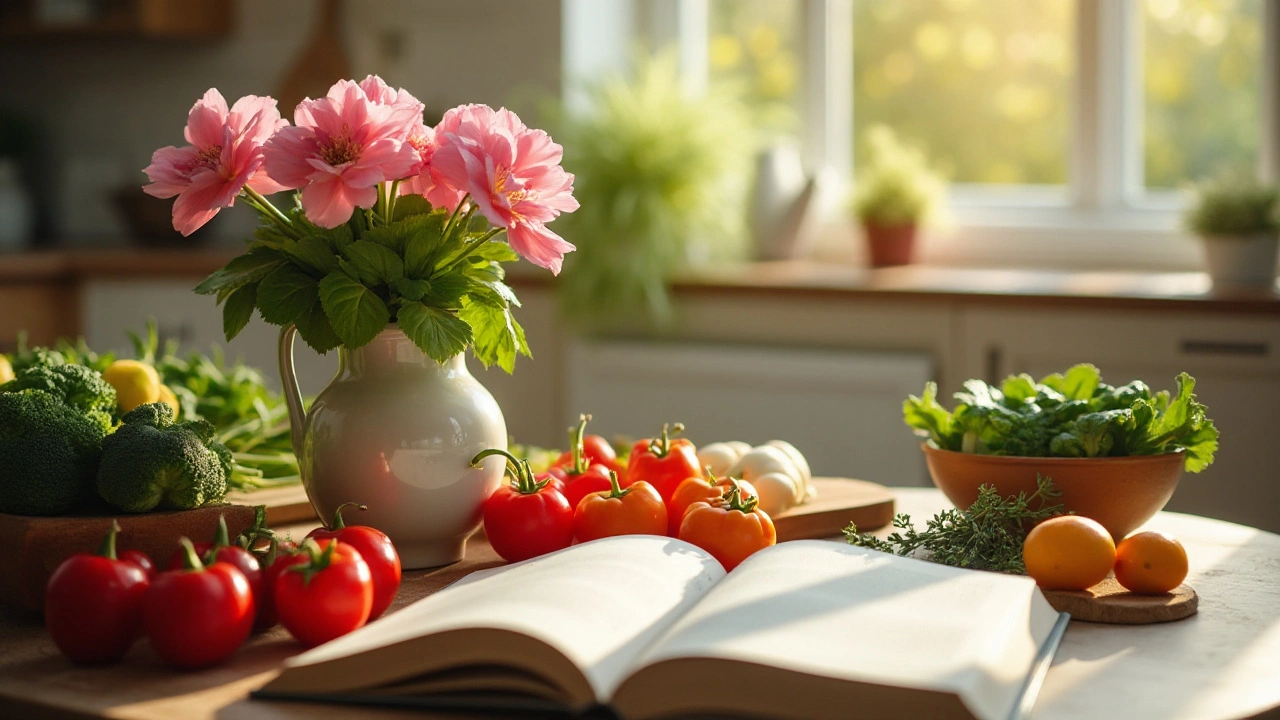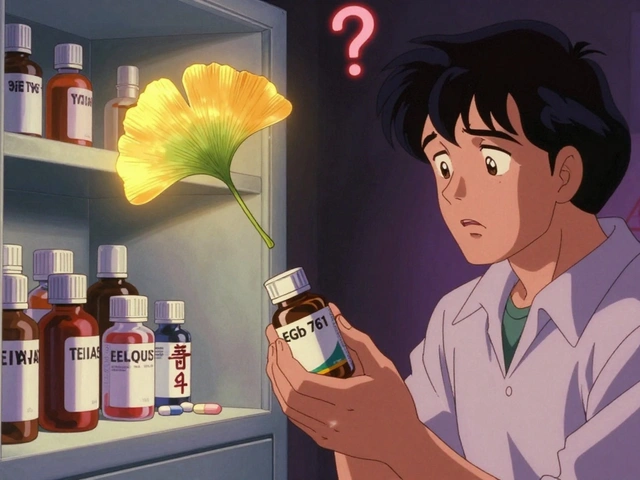Cyclamen benefits: bright winter blooms and simple care
Want a plant that flowers when most others sleep? Cyclamen brings color to fall and winter with compact, long-lasting blooms. They fit small spaces, make great gifts, and reward a little attention with big visual payoff. Here’s what makes cyclamen useful and how to keep them thriving without fuss.
Why cyclamen are worth having
They bloom when you need them most. Cyclamen often flower through cool months, so they brighten gloomy rooms and holiday spaces. The flowers are showy but small, so a few pots pack a strong visual punch. Because many varieties stay compact, cyclamen work well in windowsills, on tabletops, or in shallow containers.
Cyclamen are low on clutter. Their leaves and blooms sit close to the pot, not flopping all over the place. That makes them tidy houseplants that don’t demand constant trimming. For containers on porches or under eaves, hardy species can add late-season color in the garden too.
They’re great for gifting. A blooming cyclamen looks deliberate and thoughtful—no big gardening skill required to keep it pleasant for weeks. Paired with a nice pot and simple care notes, it’s an easy present for friends or family.
Want variety? Cyclamen come in many colors—from white and pink to deep magenta—and leaf patterns can be striking. That variety helps you match the plant to your decor or garden scheme without buying multiple species.
Quick care tips that actually work
Light: Bright, indirect light is best. Avoid hot sun; too much direct afternoon sun scorches leaves. A cool, bright windowsill is ideal.
Watering: Water at the soil edge or bottom-water to keep crowns dry. Overwatering is the biggest mistake—let the top inch of soil dry slightly between waterings. If leaves yellow and drop, you’re likely overwatering.
Temperature and location: Cyclamen prefer cool air—about 50–65°F (10–18°C). Warm rooms shorten bloom time. Keep them away from heaters and drafty doors.
Feeding and deadheading: Feed lightly with a balanced houseplant fertilizer during active growth. Remove spent blooms and yellow leaves by twisting at the base; it keeps the plant tidy and redirects energy to new flowers.
Dormancy: After flowering, cyclamen often rest. Leaves may die back—don’t panic. Cut back watering, keep the tuber in a cool, dry spot, and resume care when new growth appears.
Pets and safety: Cyclamen are toxic to cats and dogs. Ingesting any part can cause vomiting, drooling, and more severe signs. Keep pots out of reach or choose a pet-safe plant if you have curious animals.
Want to try one? Start with a healthy potted cyclamen in bloom, follow the simple care steps above, and enjoy winter color without heavy work. If you like small, tidy plants that punch above their weight, cyclamen deliver.





